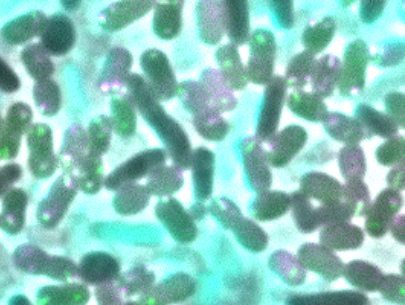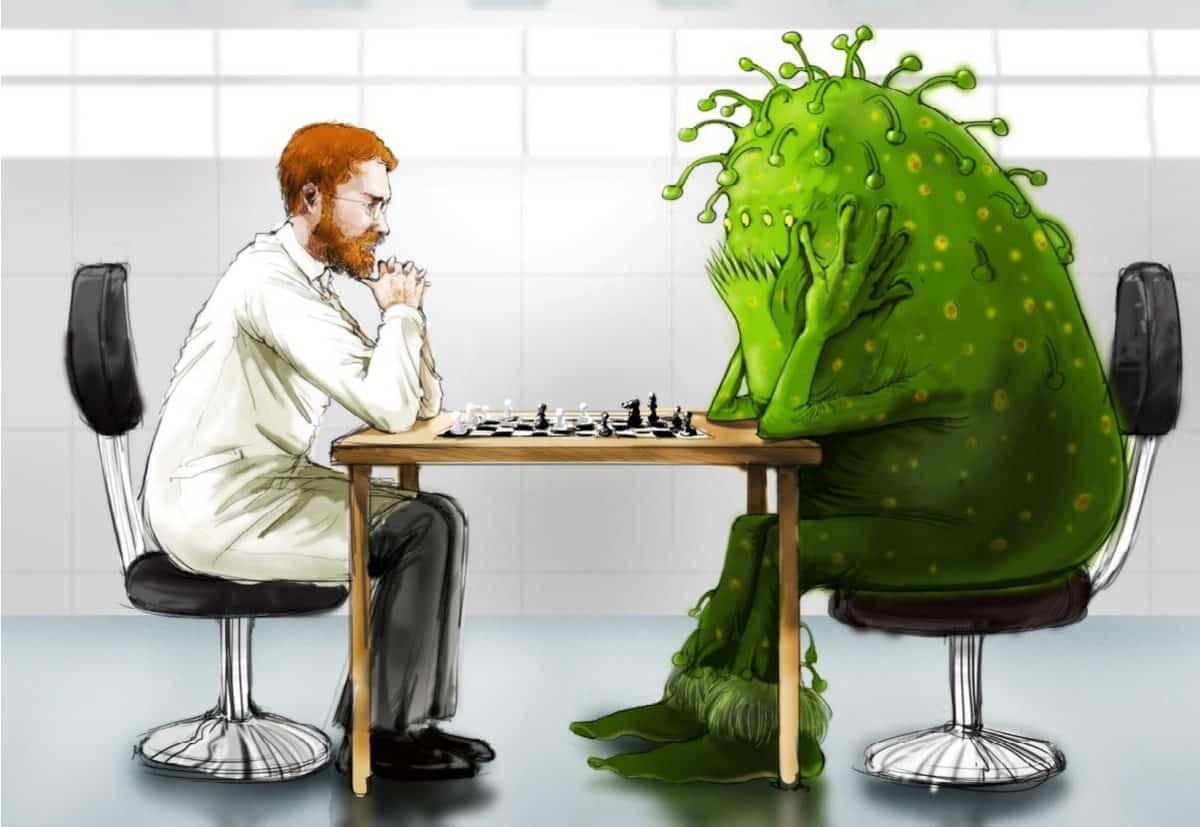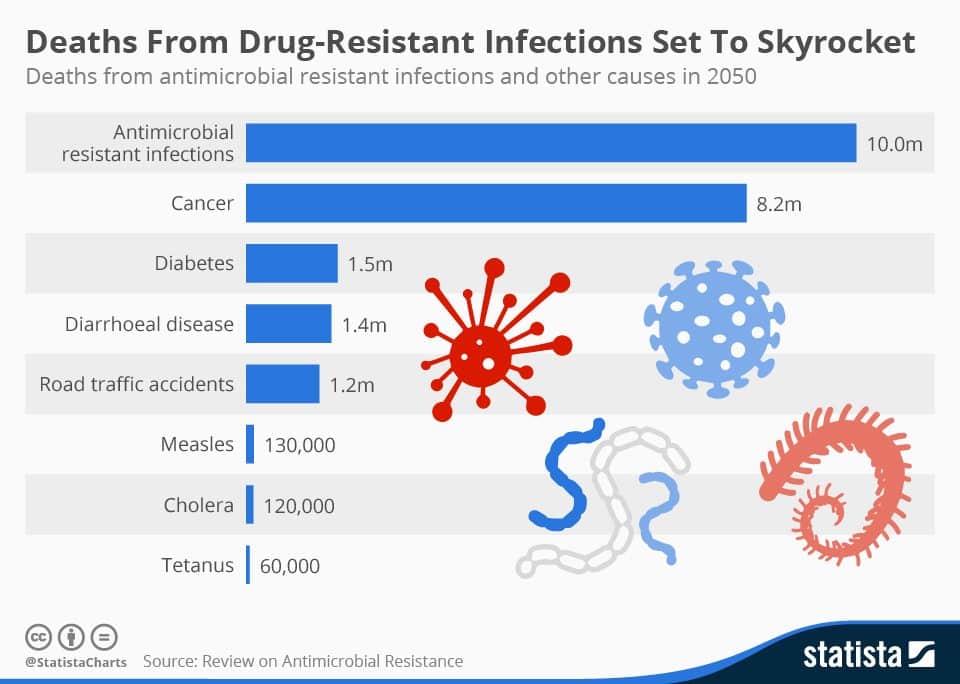Bacteria Can Pick up Resistance from Rivals they Kill
A sick child, a sore throat, a trip to the doctor – and a prescription for an antibiotic. The problem with the scenario is that many antibiotics are prescribed when most likely, the malady is caused by a virus – not a bacterial infection – and thus will have no effect nor cure. We see a similar pattern in cases of livestock production and agriculture too- rather than using antibiotics to treat bacterial illnesses, which are fine, they are too often used as a hedge, a safeguard or preventative measure to best ensure the valuable animal doesn’t get sick in the first place.
The problem with the casual use of antibiotics is they lose their effect over time as the bacteria they are meant to counter simply adapt to overcome the antibiotic.
But researchers at the Biozentrum of the University of Basel in Switzerland have now found that in addition to these “traditional” methods of bacteria acquiring resistance, they can apparently also acquire it through genes from rival bacteria that they kill.
Very much like the other lifeforms out there, bacteria frequently have to fight for access to food and other resources
, so being armed against competitors provides an advantage. One potent weapon is the capacity to inject a toxic mix of proteins, known as effectors, into rivals.Firstly, they combat their competitors by injecting them with a cocktail of toxic proteins, so-called effectors, using the type VI secretion system (T6SS), a poison syringe. And secondly, they are able to uptake and reuse the released genetic material.
“Some of these toxic proteins kill the bacterial competition very effectively, but do not destroy the cells,” Professor Marek Basler of the University of Basel explained in a statement. “Others severely damage the cell envelope, which leads to lysis of the attacked bacterium and hence the release of its genetic material.”
The released DNA is then free to be acquired by other bacteria, particularly the one that killed the unfortunate bacterium in the first place. In a move worthy of a supervillain, the killer sometimes takes on attributes encoded in this DNA. If the prey was resistant to certain antibiotics, this resistance can pass to the predator cell.

The T6SS (green, magenta) mediated killing and lysis of competing bacteria can lead to DNA release (cyan) and subsequent gene transfer.
Now, in the course of the study, Prof. Marek Basler and team have, in the model organism Acinetobacter baylyi, a close relative of the Iraq bug, now identified five differently acting effectors.
“The T6SS, as well as a set of different effectors, can also be found in other pathogens such as those which cause pneumonia or cholera,” says Basler. Interestingly, not all effectors are sufficient to kill the target cell, as many bacteria have developed or acquired antitoxins – so-called immunity proteins. “We have also been able to identify the corresponding immunity proteins of the five toxic effectors in the predator cells. For the bacteria it makes absolute sense to produce not only a single toxin, but a cocktail of various toxins with different effects,” says Basler. “This increases the likelihood that the rivals can be successfully eliminated and in some cases also lysed to release their DNA.”
Agreeably, pathogens with such abilities are a major problem in hospitals, as through contact with other resistant bacteria they may accumulate resistance to many antibiotics – the bacteria become multidrug-resistant.
In the worst case scenario, antibiotic treatments are no longer effective, thus nosocomial infections with multidrug-resistant pathogens become a deadly threat to patients.
























